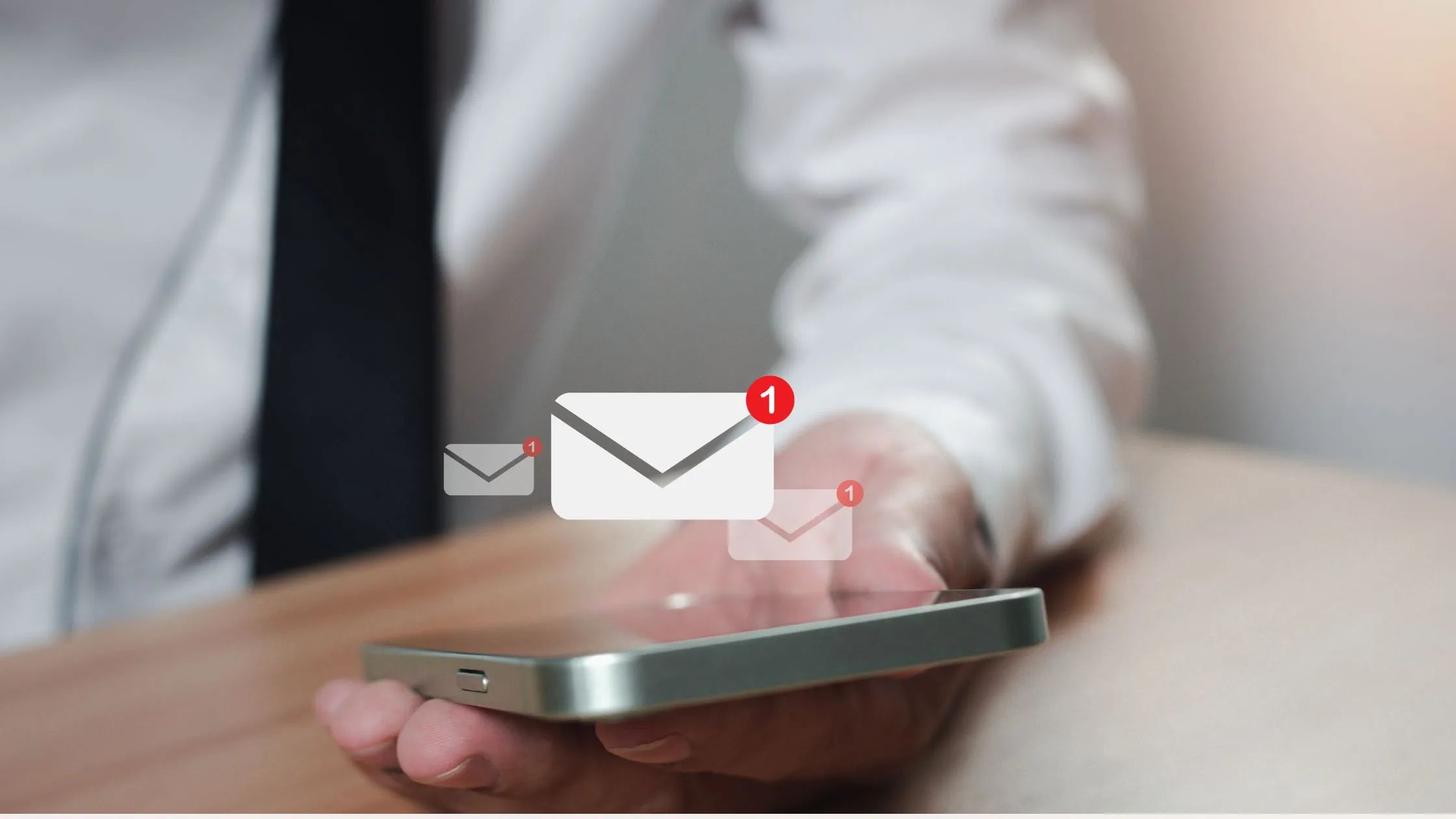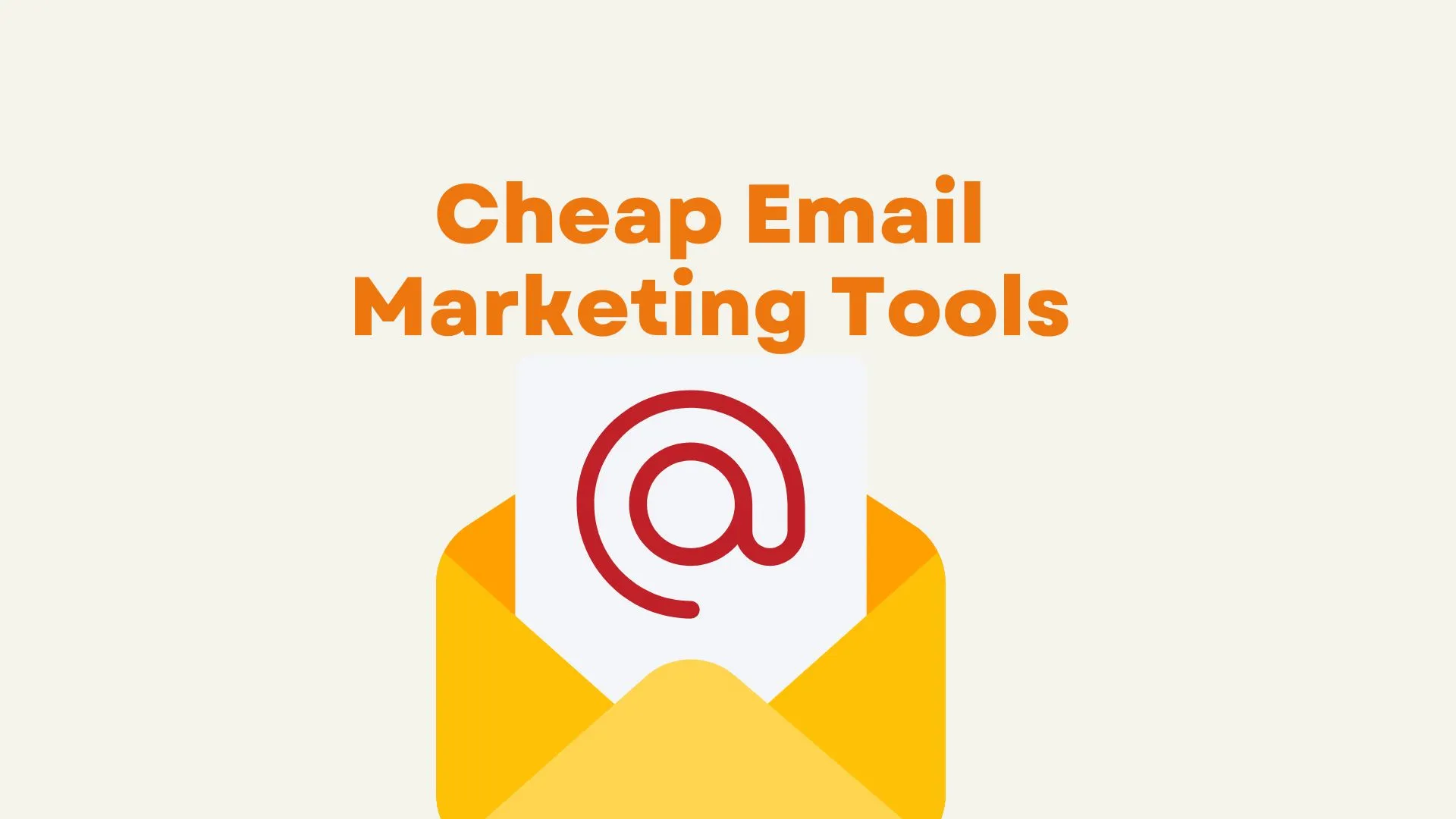Guide To Relationship Email Marketing For Your Business
This article explores how to craft effective emails that build trust and foster connections, whether with colleagues or clients. Learn key components like personalization, value-driven content, and storytelling to enhance communication skills. With practical tips and real examples, unlock strategies to nurture relationships, boost engagement, and strengthen brand loyalty through personalized messaging.

TLDR; A relationship email in email marketing focuses on building trust and rapport with the audience rather than promoting products, using personalization, value-driven content, engagement prompts, and storytelling to foster deeper connections and long-term loyalty.
In today’s digital age, communication is everything for building and maintaining relationships, personal and professional. A relationship email is a powerful tool to connect with others, grow relationships and engage. Whether you’re reaching out to a colleague, a client or a friend, understanding what a relationship email is will level up your communication.
This isn’t just about sharing information. It’s about creating a sense of belonging and trust. You’ll learn how to write messages that resonate, spark conversation and strengthen ties. So if you’re ready to up your email game and make meaningful connections, let’s get into what a relationship email is and how you can do it.
What is a Relationship Email in Email Marketing?
A relationship email in email marketing is an email that nurtures and grows relationships with your audience. These emails are about building rapport not promoting products or services. Relationship emails are about establishing trust, open communication and long term loyalty from your subscribers.
Key features of relationship emails:
- Personalization: Content tailored to individual preferences, behaviors and past interactions.
- Value driven content: Useful information, insights or tips relevant to the recipient.
- Engagement prompts: Ask questions or include calls to action to get responses and interaction.
- Storytelling: Share stories that resonate with the recipient, create emotional ties and make it relatable.
- Consistency: Send regularly to keep your audience engaged and informed without overwhelming them.
- Examples of relationship emails are newsletters, welcome emails, customer appreciation emails and feedback requests. Each type is to connect with your audience and make them feel seen and heard.
Benefits of Relationship Emails
Using relationship emails has many benefits for communication and connection with your audience.
Relationship emails build trust between you and your subscriber. When you deliver consistent value, you build credibility and open up for ongoing conversation.
These emails get people to respond and engage with your content. By adding a call to action for feedback or discussion you create opportunity for dialogue and deeper relationships.
Relationship emails allow for targeted messages that speak to each individual. Personalisation like addressing the subscriber by name and to their interests increases engagement.
Regular relationship emails keep your brand top of mind with your audience. They show you care and are committed to delivering value and connection which leads to loyalty.
You can ask for opinions and suggestions through relationship emails. This feedback helps you improve your offerings and shows the subscriber their voice matters.
Relationship emails can trigger repeat visits or actions from the subscriber. They often lead to higher conversion rates as the subscriber becomes more familiar with your offerings.
By communicating with your audience regularly you increase retention. Subscribers who feel valued will continue to engage with your services or products.
Relationship emails are a great opportunity to tell stories. Sharing experiences or customer success stories helps create emotional connections and humanises your brand.
Using relationship emails well can transform your communication strategy and give you a stronger connection with your audience and better results.
Tips for Relationship Emails
Address the subscriber by name and include details specific to their interests or past interactions. This deepens the connection and shows you value them as an individual.
Share information or insights that are relevant to your audience. Focus on topics that matter to them and their experience with your brand.
Ask for interaction by asking questions, requesting feedback or asking the subscriber to share their story. This opens up a two way conversation.
Share stories that are relatable and evoke emotions or how your story connects with the recipient. This builds deeper more meaningful relationships.
Use the same tone, style and design throughout your emails. Consistency reinforces your brand and recognition with your audience.
Write subject lines that are short, attention grabbing and informative. A good subject line gets attention and makes the subscriber open the email.
Be professional but friendly. A warm tone builds rapport while maintaining respect and trust.
Optimise your email layout for different devices to make it look good and navigable. A mobile friendly email caters for subscribers who read on their smartphones or tablets.
Include your full name, position and contact details in your email signature. This is transparency and makes it easy for the subscriber to get in touch.
Mention past conversations or interactions in your emails. This shows you’re paying attention and deepens the relationship over time.


